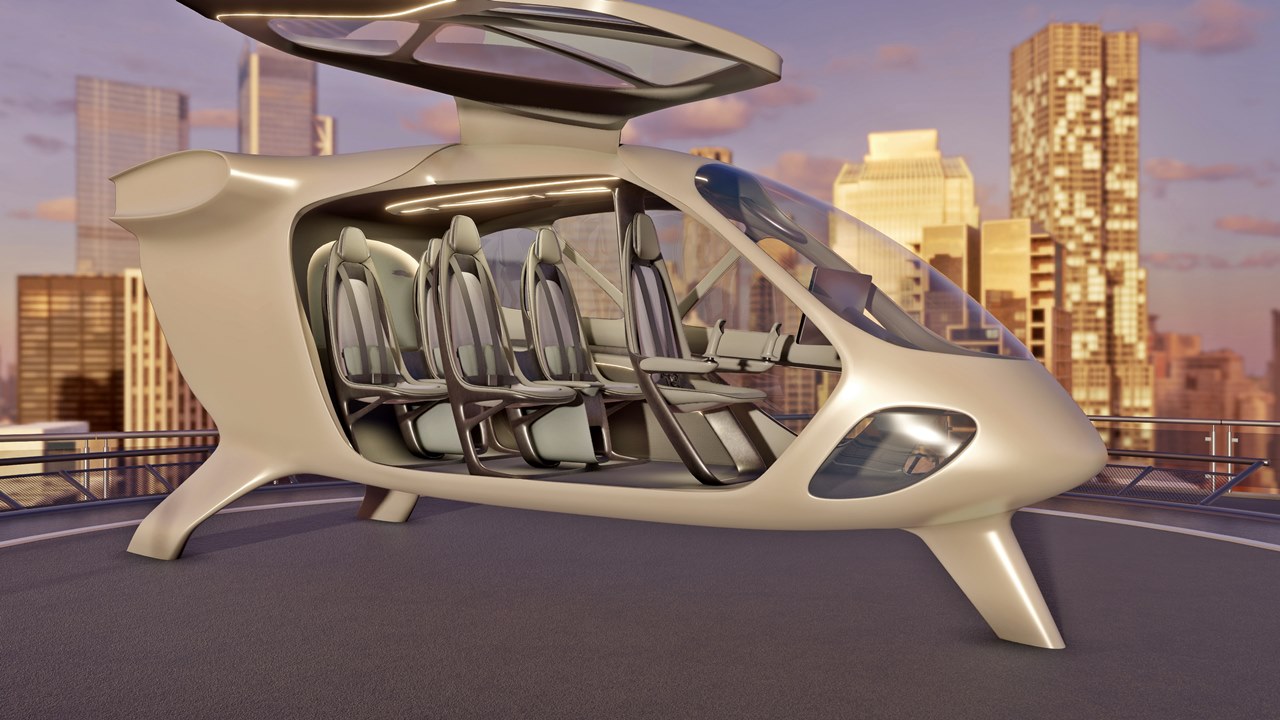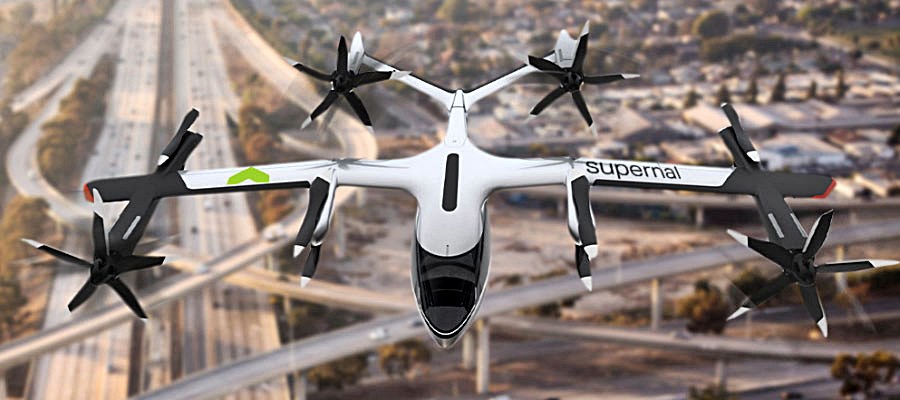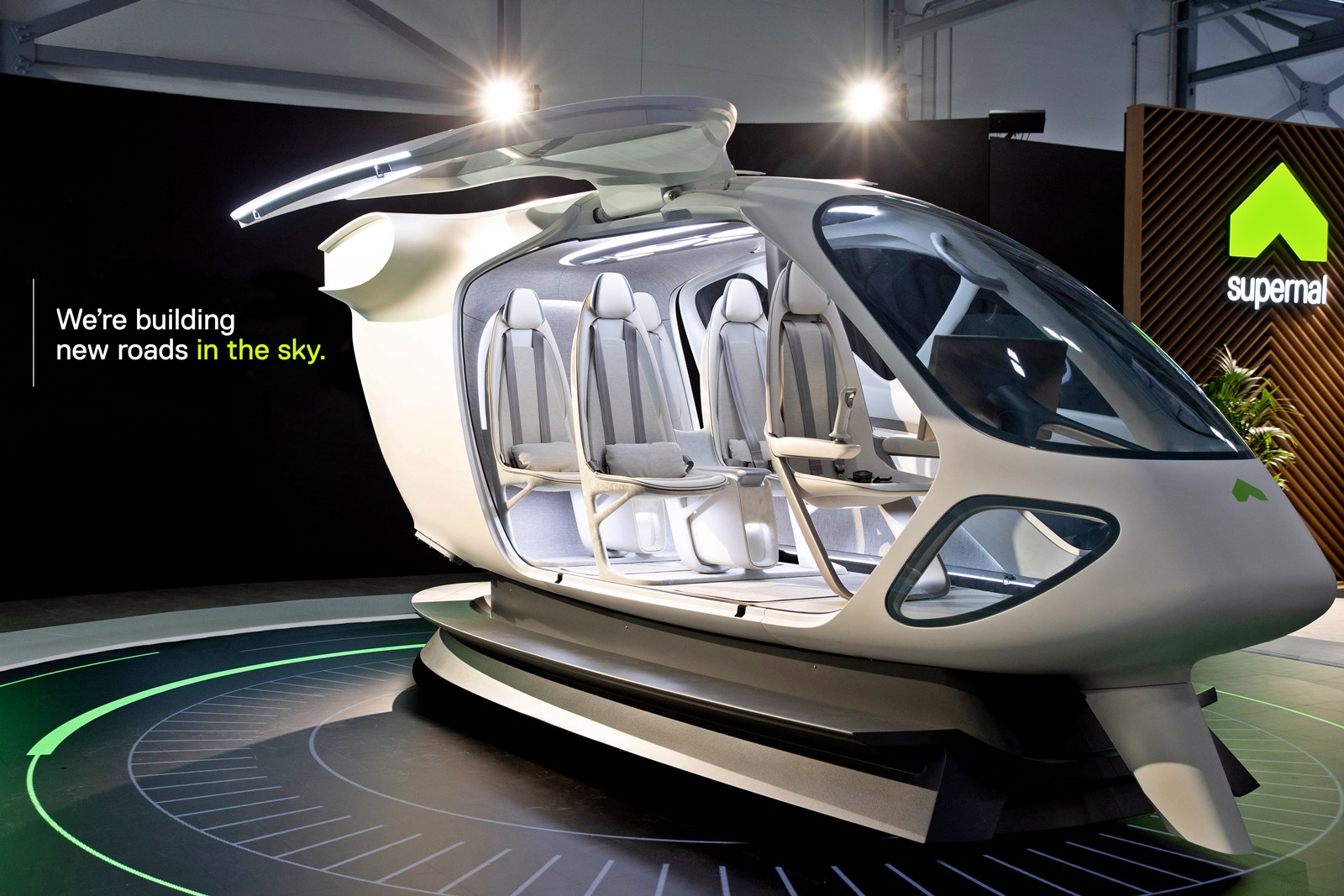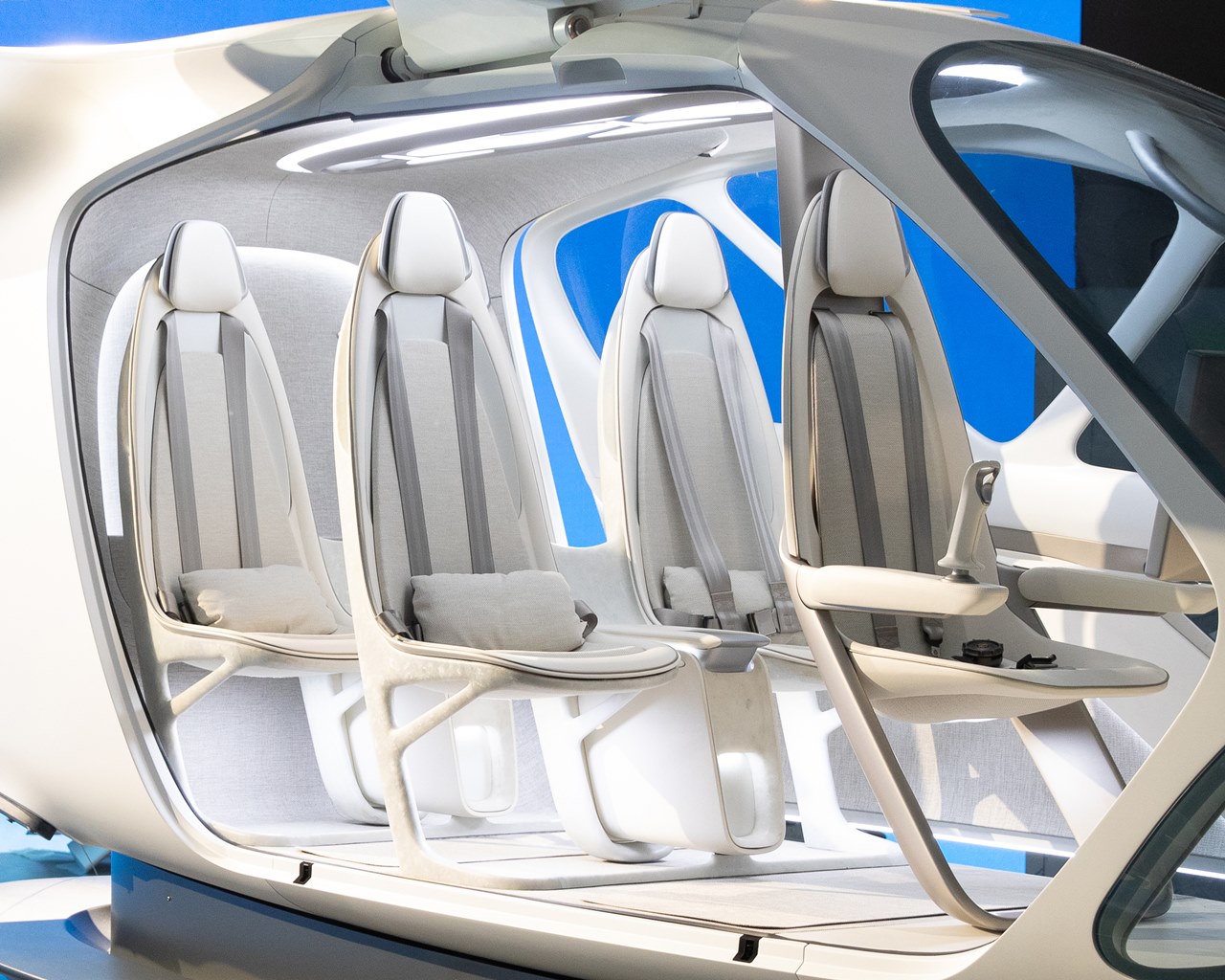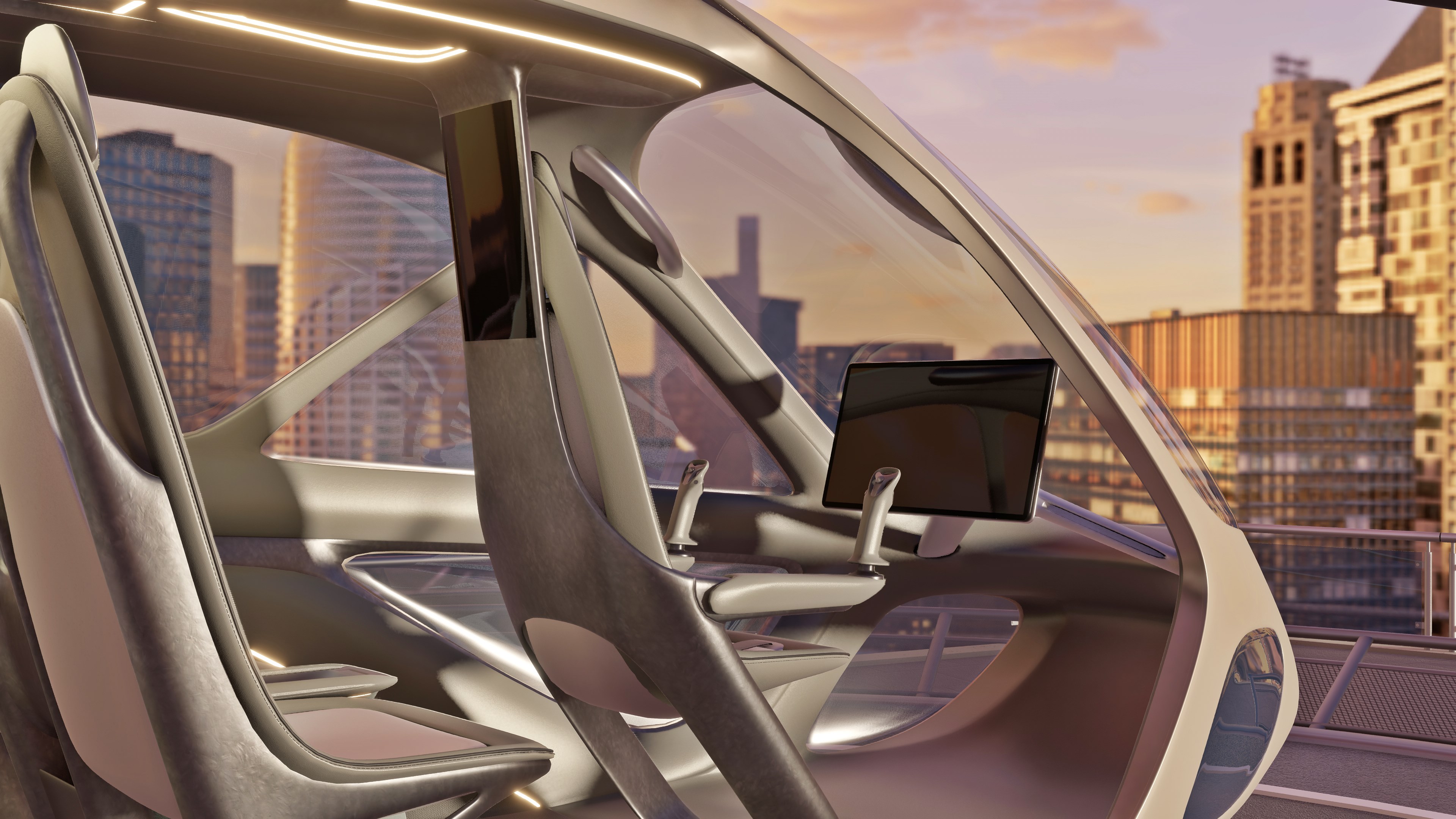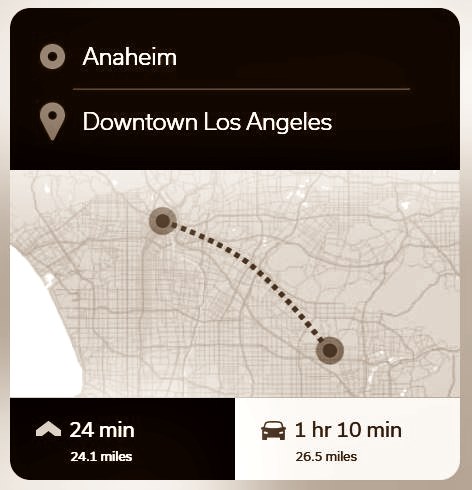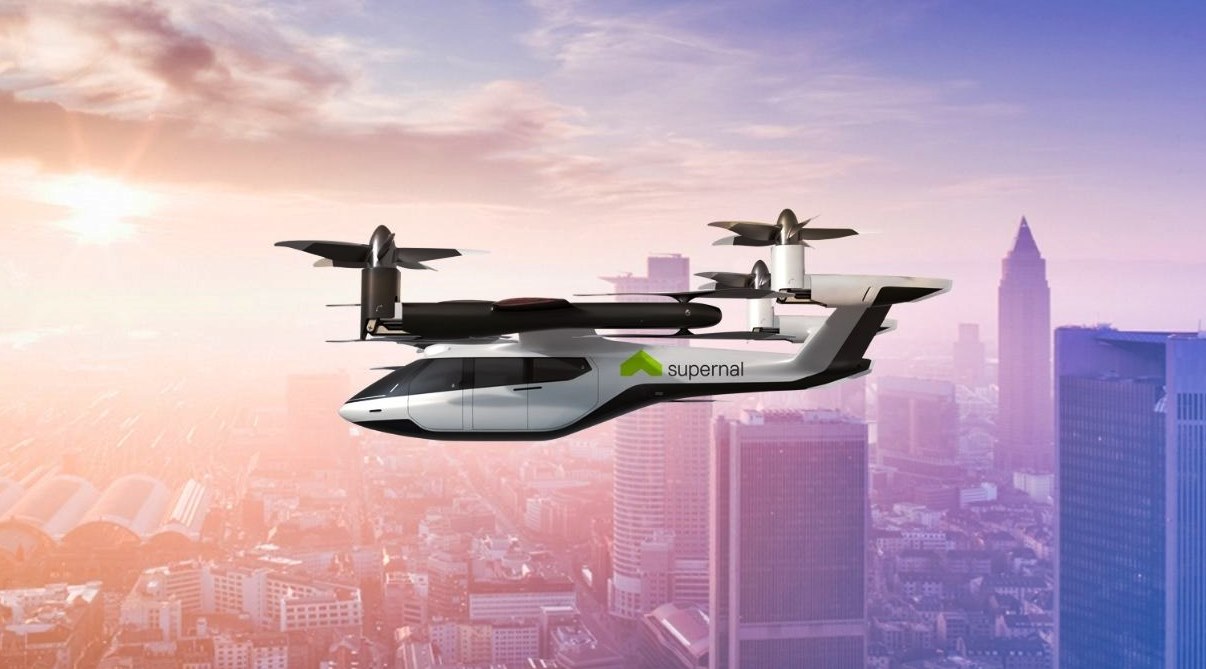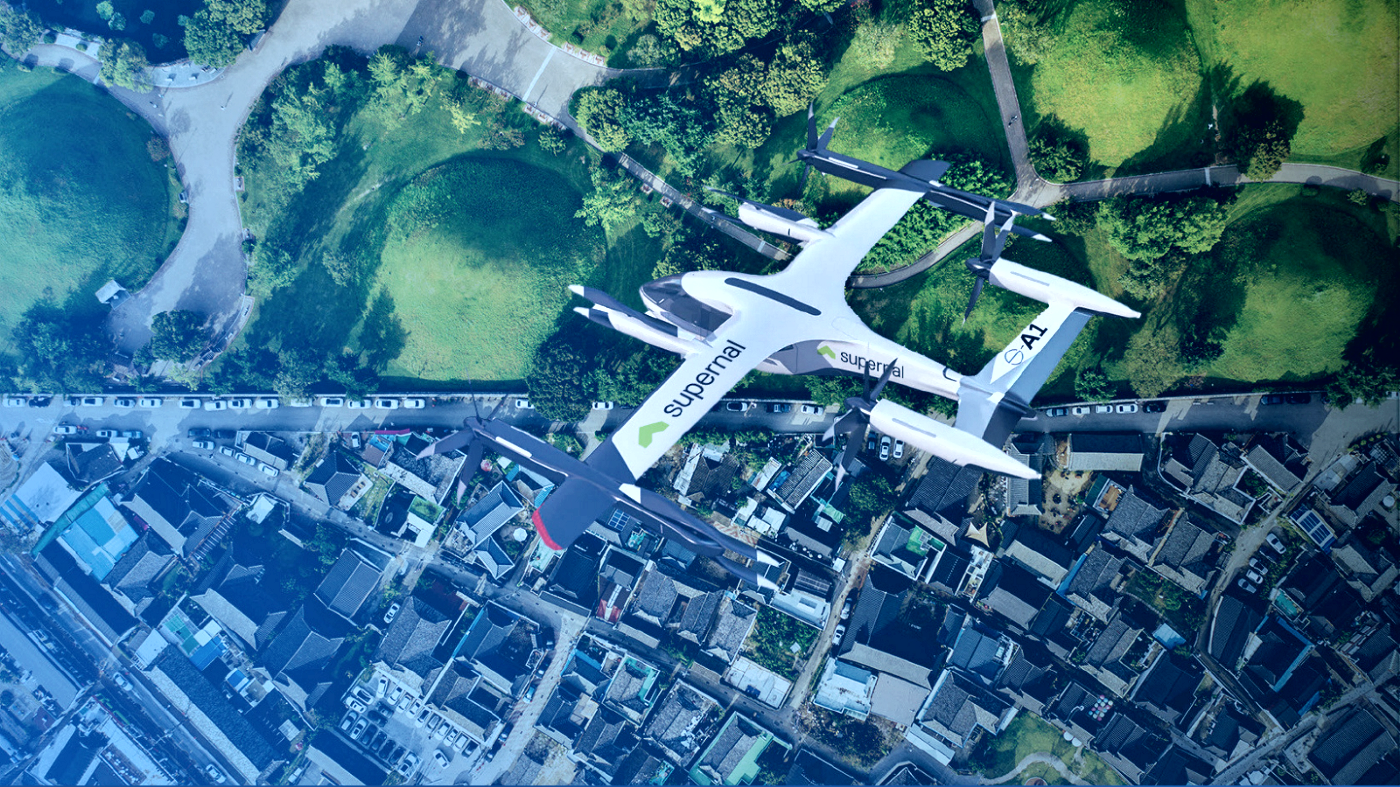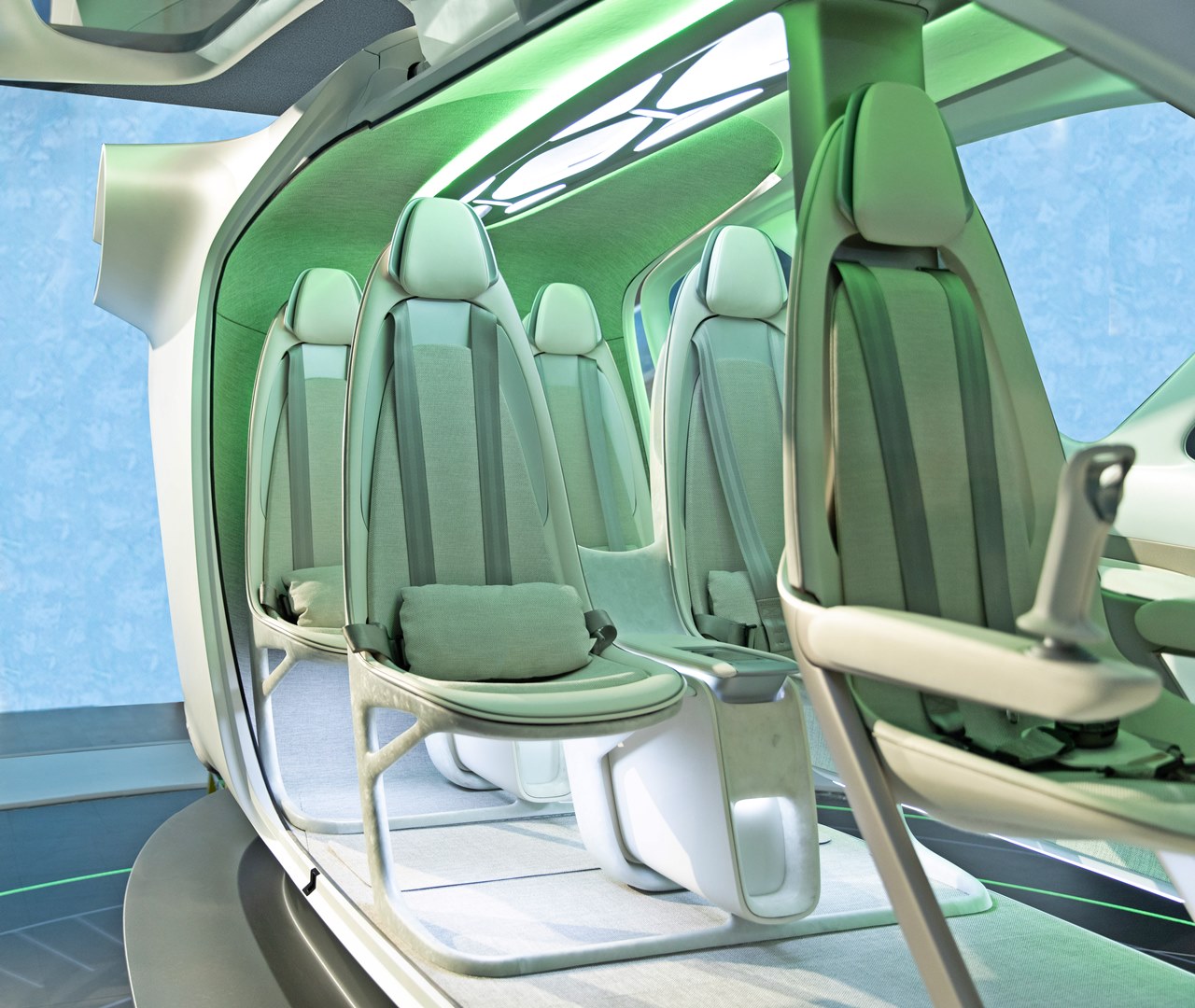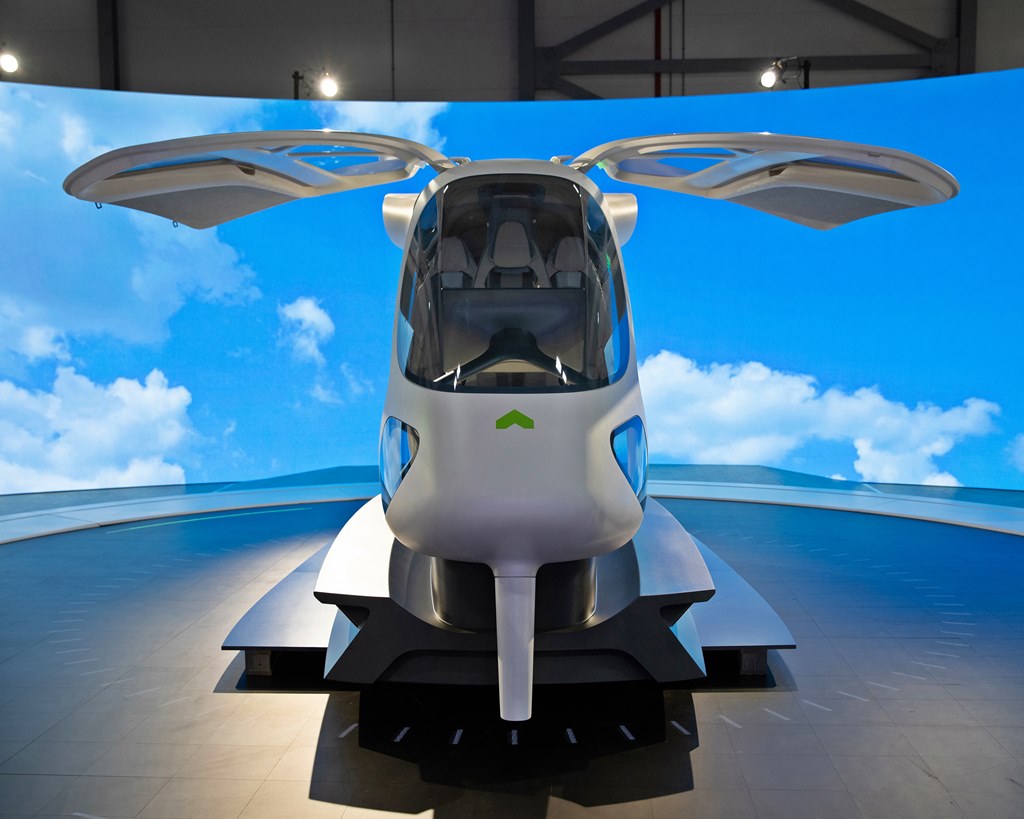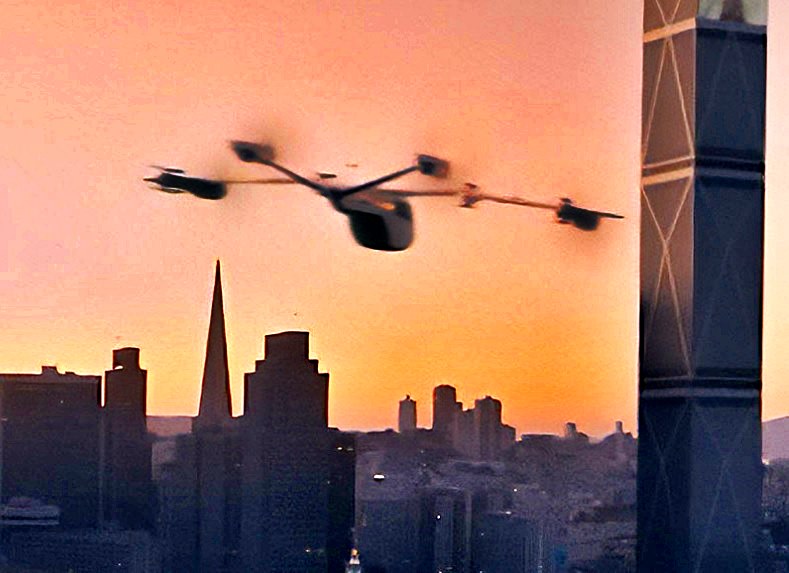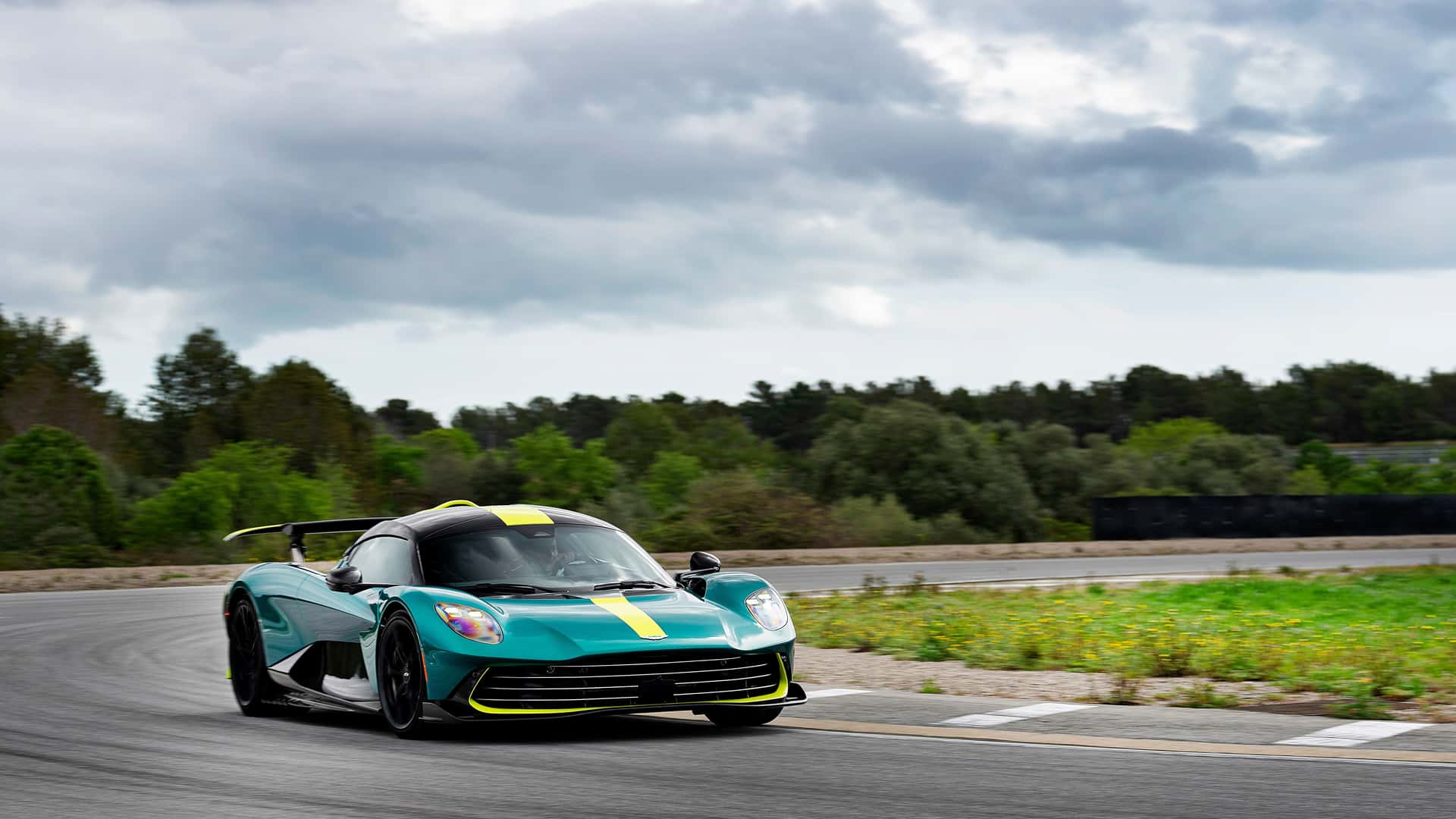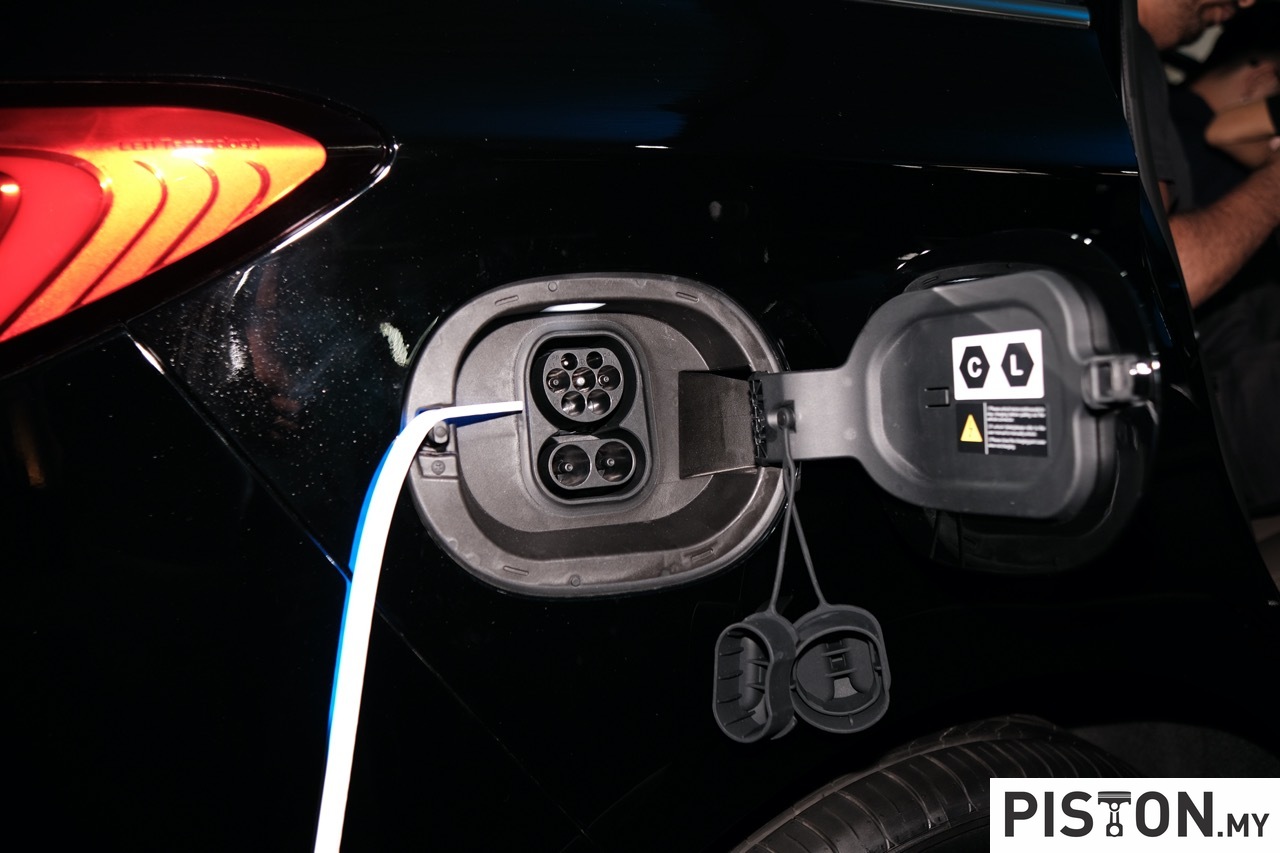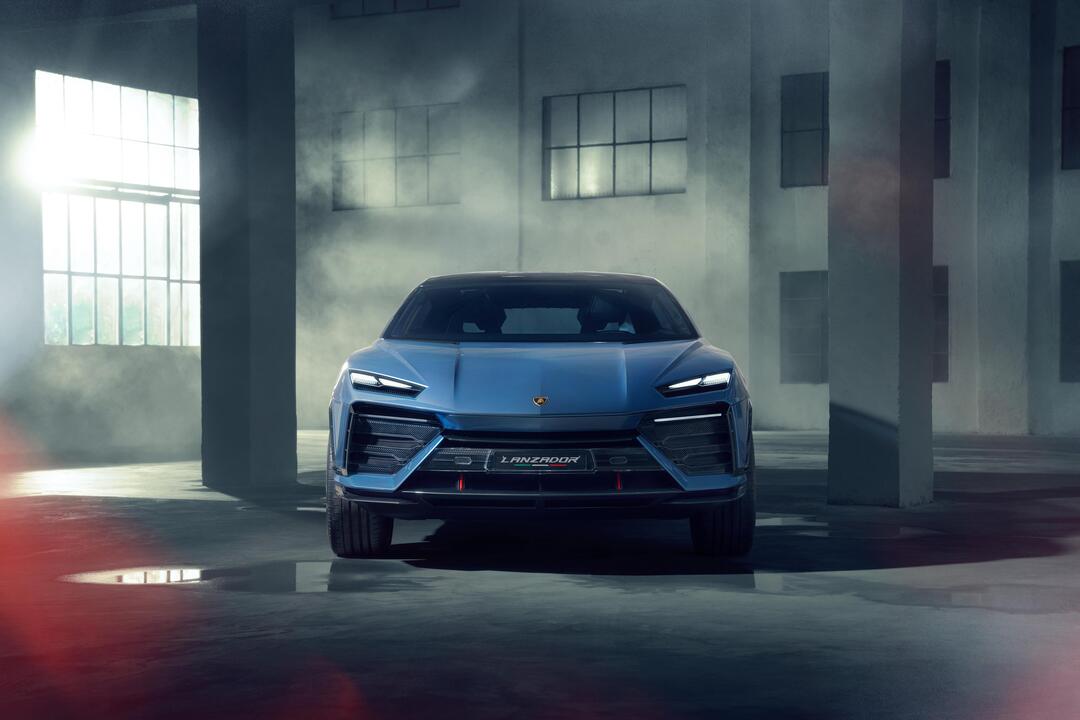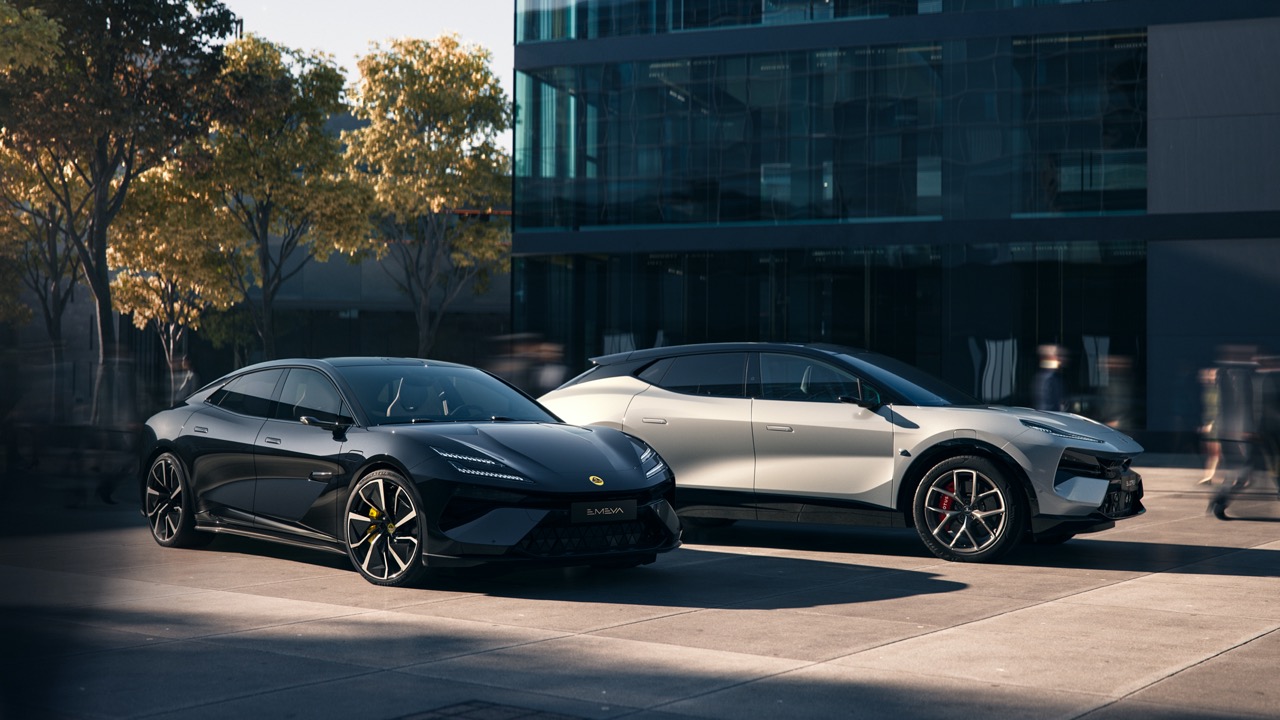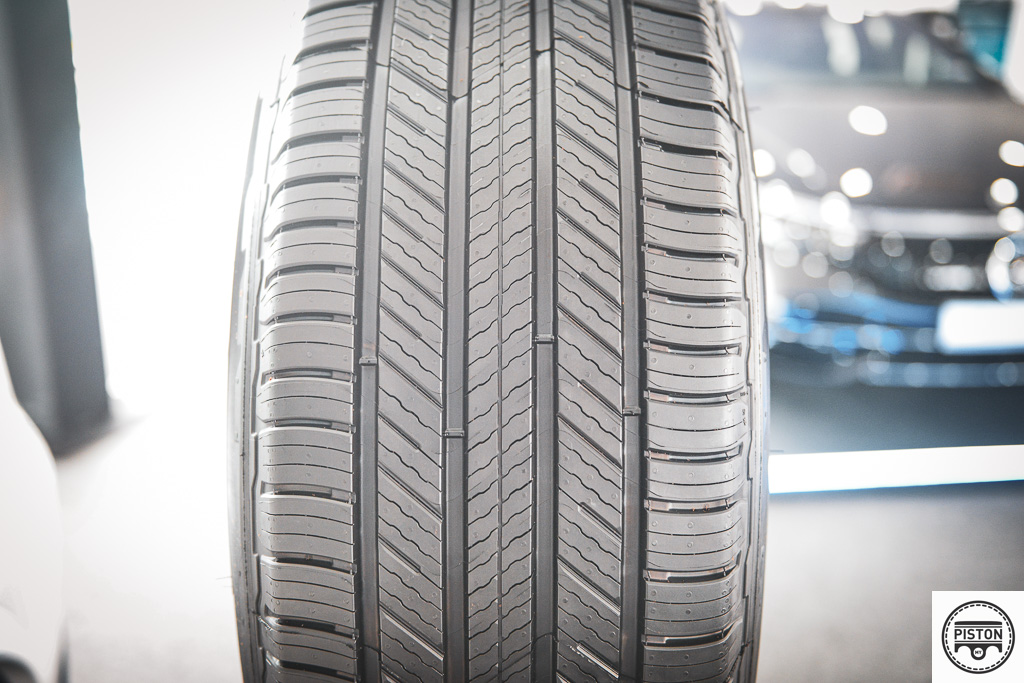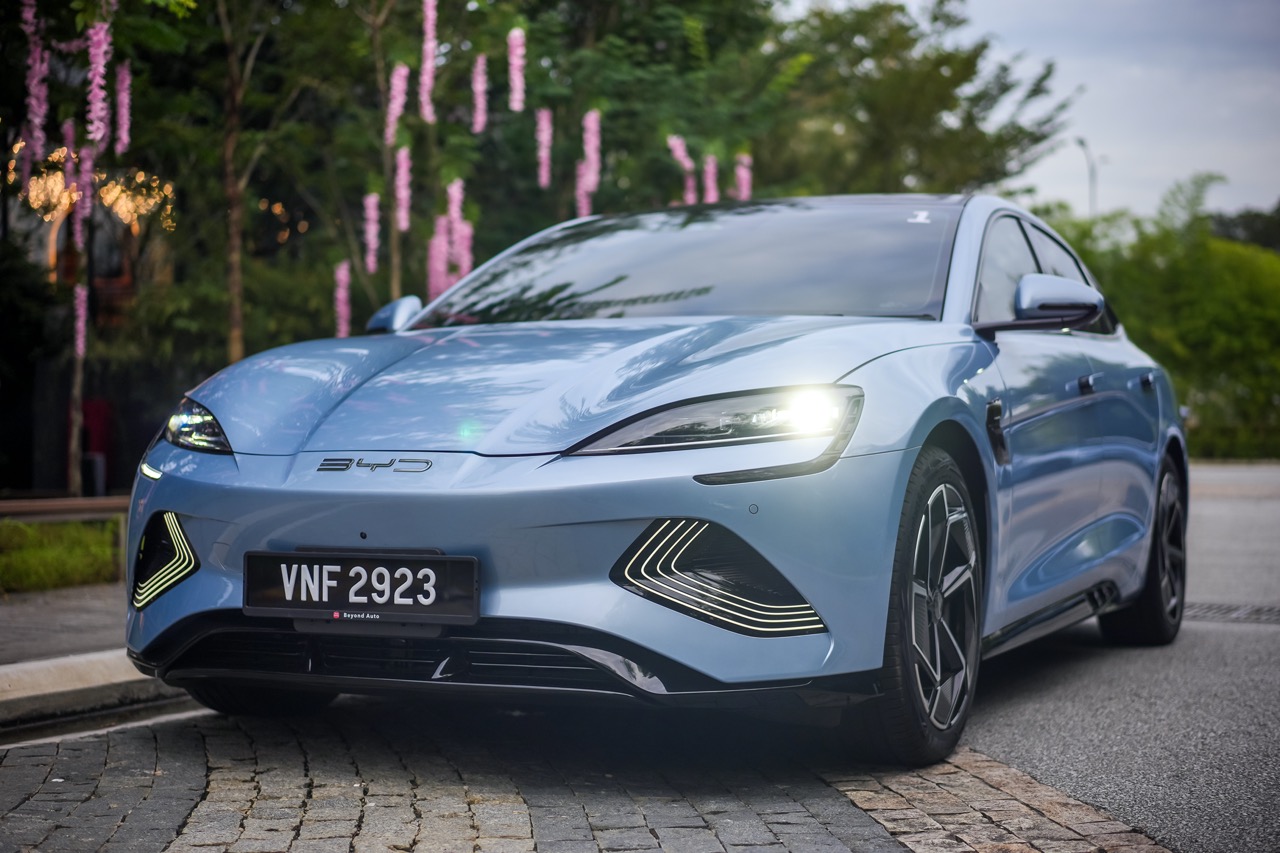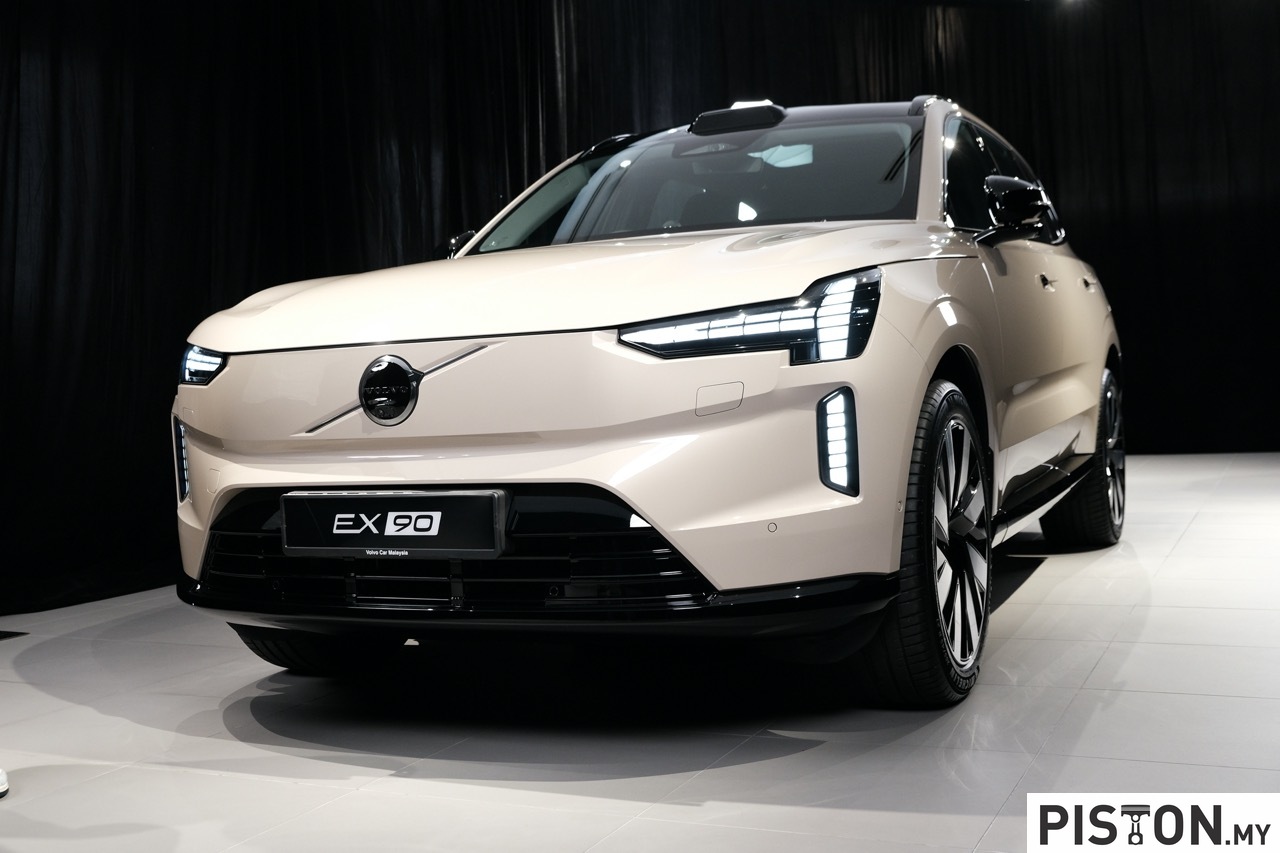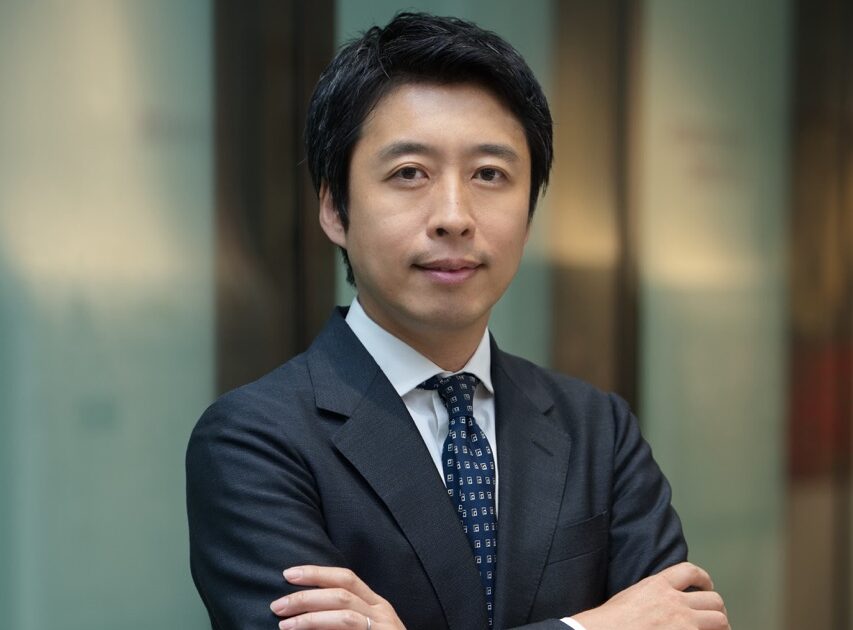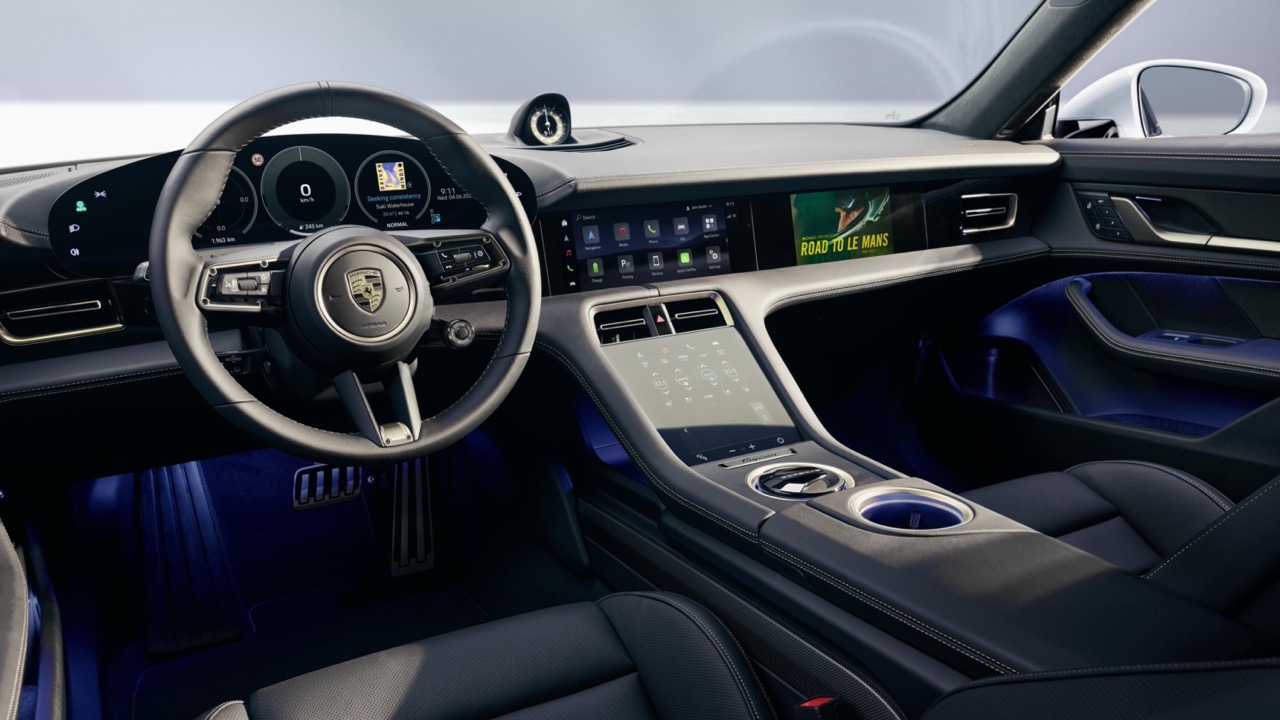We can give up waiting for the ‘Malaysian Flying Car’ which received RM20 million of government funding and after being developed under great secrecy, it was to have been launched at the end of 2019. However, that never happened and even when there was a demonstration scheduled, the Civil Aviation Authority Malaysia (CAAM) did not allow the flight. Anyway, we won’t see what the RM20 million of taxpayers’ money produced, and the minister who promoted the project is also no longer talking about it.
But in other countries, vehicles which can travel on the road and also take off into the air have been making much progress – and their developments are not Top Secrets either. Such vehicles are seen as alternatives for short-haul travel and even Air Asia is looking at offering them as a ‘flying taxi’ service.
Integrating automotive capabilities
There are many companies already having prototypes and one of them is Supernal, which has just revealed its initial eVTOL (Vertical Take Off and Landing) vehicle cabin concept at the Farnborough International Airshow in England this week. The concept provides the first look at how Hyundai Motor Group (HMG) is integrating automotive capabilities for use in the Advanced Air Mobility (AAM) market.
Supernal is developing a family of electric air vehicles to connect more people to more places. Through a network of connected ground hubs called ‘vertiports’, passengers will board eVTOLs and be flown to their next destination.
Supernal partnered HMG’s design studios to create the cabin concept as the company works to certify its eVTOL vehicle for commercial use in the USA starting in 2028, and in the EU and the UK shortly after. Beyond the vehicle, Supernal is collaborating with external partners and the Group’s more than 50 affiliates – which span automobiles, automotive parts, construction, robotics and autonomous driving – to responsibly co-create the expansive AAM value chain.
Scaling up for commercialisation
“In order for Advanced Air Mobility to become a wide-spread mode of transportation, every detail – from the passenger experience to regulations and infrastructure – needs to be addressed from the start and work in lockstep with one another,” said Jaiwon Shin, President of Hyundai Motor Group and CEO of Supernal. “Leveraging Hyundai Motor Group’s mobility capabilities, Supernal is investing time and resources upfront to ensure the industry can scale to the masses in the coming decades and reach its exciting potential.”
Using automotive design
Supernal’s 5-seat cabin concept provides clues to how the company is harnessing automotive design processes and materials. At the same time, the vehicle must meet commercial aviation’s highest safety standards. The design embodies biomimicry philosophy – a butterfly in this case – and the company’s pillars of safety above all, human-centered design and environmental responsibility.
“Supernal is partnering with Hyundai Motor Group’s top automotive designers to develop our eVTOL vehicle for manufacturability and widespread public acceptance,” Shin added. “We are taking the time to create a safe, lightweight commercial eVTOL that provides our future passengers with the security and comfort they find in their own cars.”
The team of engineers and designers are utilizing the automotive industry’s reductive design approach to create the lightweight interior cabin, which is made of forged carbonfibre. Ergonomically contoured seats offer a cocoon-like environment for passengers. Deployable seat consoles mimic automobile centre consoles and provide a charging station and stowage compartment for personal items.
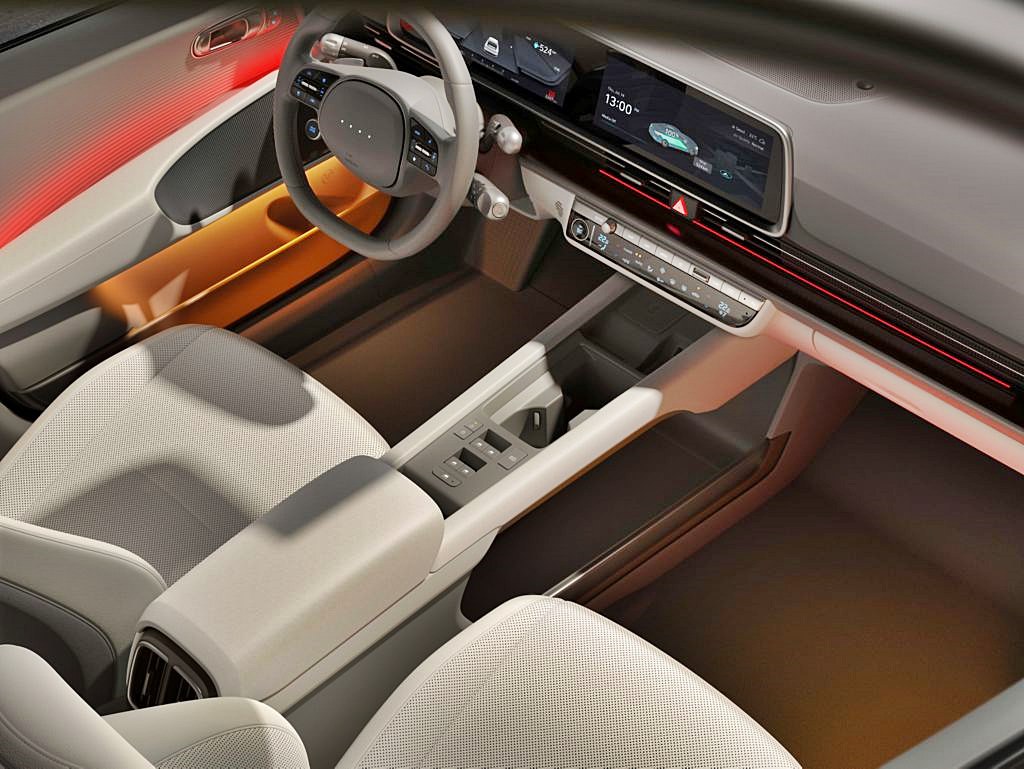
Grab handles built into the cabin doors and seatbacks assist with ingress and egress. A combination of lighting – including overhead lights inspired by automobile sunroofs – adjusts with the various stages of flight to emulate a ‘light therapy’ effect. Finally, the cabin layout draws on automotive space innovation with a minimized bulkhead, which allows for generous headroom and package functionalities.
With sustainability as a priority, the cabin concept incorporates materials such as advanced recyclable carbonfibre reinforced thermoplastic, durable plant-based leather, recycled plastic fabric and responsibly sourced woods. The seat frame also utilizes excess raw material from the airframe manufacturing process.
“The Supernal eVTOL vehicle draws on the competence of the Hyundai Motor Group and the skillset of experienced automotive designers, which allowed us to develop a new air mobility concept that is not only safe and rational but also highly emotional,” said Luc Donckerwolke, Chief Creative Officer of the Hyundai Motor Group.
Air Mobility beyond urban markets
HMG is leveraging its expansive mobility and mobility-enabling capabilities to develop a family of electric air vehicles, as well as the surrounding value chain. Complementing the Supernal battery-powered eVTOL vehicle designed for intra-city passenger journeys starting in 2028, the group’s Korea-based division has been focussing on Regional Air Mobility. For this, it is developing a hydrogen-powered midsized vehicle for regional – city-to-city – cargo and passenger journeys. The division plans to launch service of its hydrogen vehicle in the 2030s.
Supernal and the division are partnering with HMG’s manufacturing innovation teams across the globe to create a robust high-rate, high-quality AAM manufacturing process that will produce electric air vehicles at scale – at an increasingly affordable price-point – over the coming decades.
AirCar’s flying car completes first ever inter-city flight (w/VIDEO)




